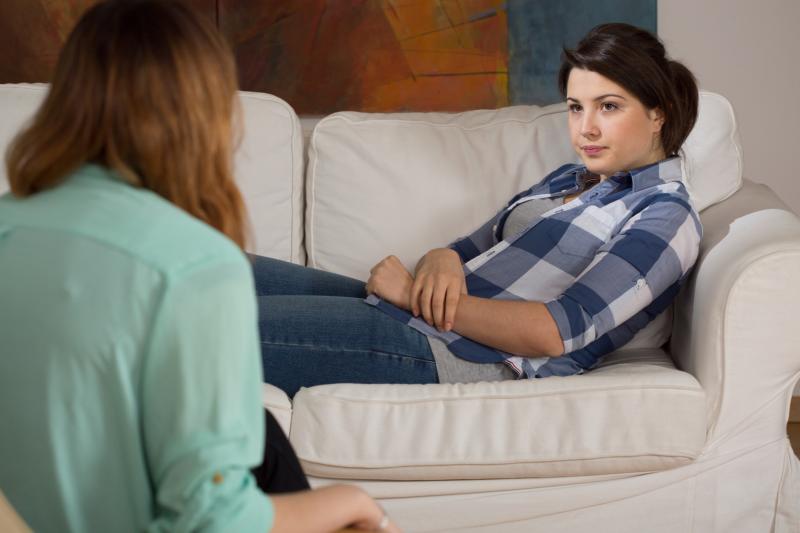
Incidence of psychotic experiences peaks during late adolescence, suggests a recent study, which also highlights an unmet need for care in young people with psychotic disorders.
An increase in the incidence rate of psychotic experiences was observed between ages 13 and 24, hitting the highest point during late adolescence. A total of 3,866 individuals were interviewed at age 24, of whom 313 (8.1 percent, 95 percent confidence interval [CI], 7.2–9.0) had a definite psychotic experience since age 12. Of the 109 individuals (2.8 percent) who met the criteria for a psychotic disorder up to age 24, 70 percent had sought professional help.
The inclusion of information on frequency (positive predictive value [PPV], 13.3 percent) and distress (PPV, 20.0 percent) led to improvements in the prediction of current psychotic disorder at age 24 (n=47; 1.2 percent), by both self-report (PPV, 2.9 percent) and interviewer-rated measures (10.0 percent) of psychotic experiences at age 18. However, sensitivities were low.
The PPV of an at-risk mental state at age 18 predicting incident psychotic disorder at ages 18–24 was 21.1 percent (95 percent CI, 6.1–45.6), with a sensitivity of 14.3 percent (95 percent CI, 4.0–32.7).
“Because of the low sensitivity, targeting individuals in nonhelp-seeking samples based only on more severe symptom cutoff thresholds will likely have little impact on population levels of first-episode psychosis,” the authors said.
This population-based cohort study utilized the semistructured Psychosis-Like Symptoms Interview at ages 12, 18 and 24 (n=7,900 with any data). Flexible parametric modelling was used to estimate incidence rates. PPVs, sensitivity, specificity and area under the curve were estimated for prediction.